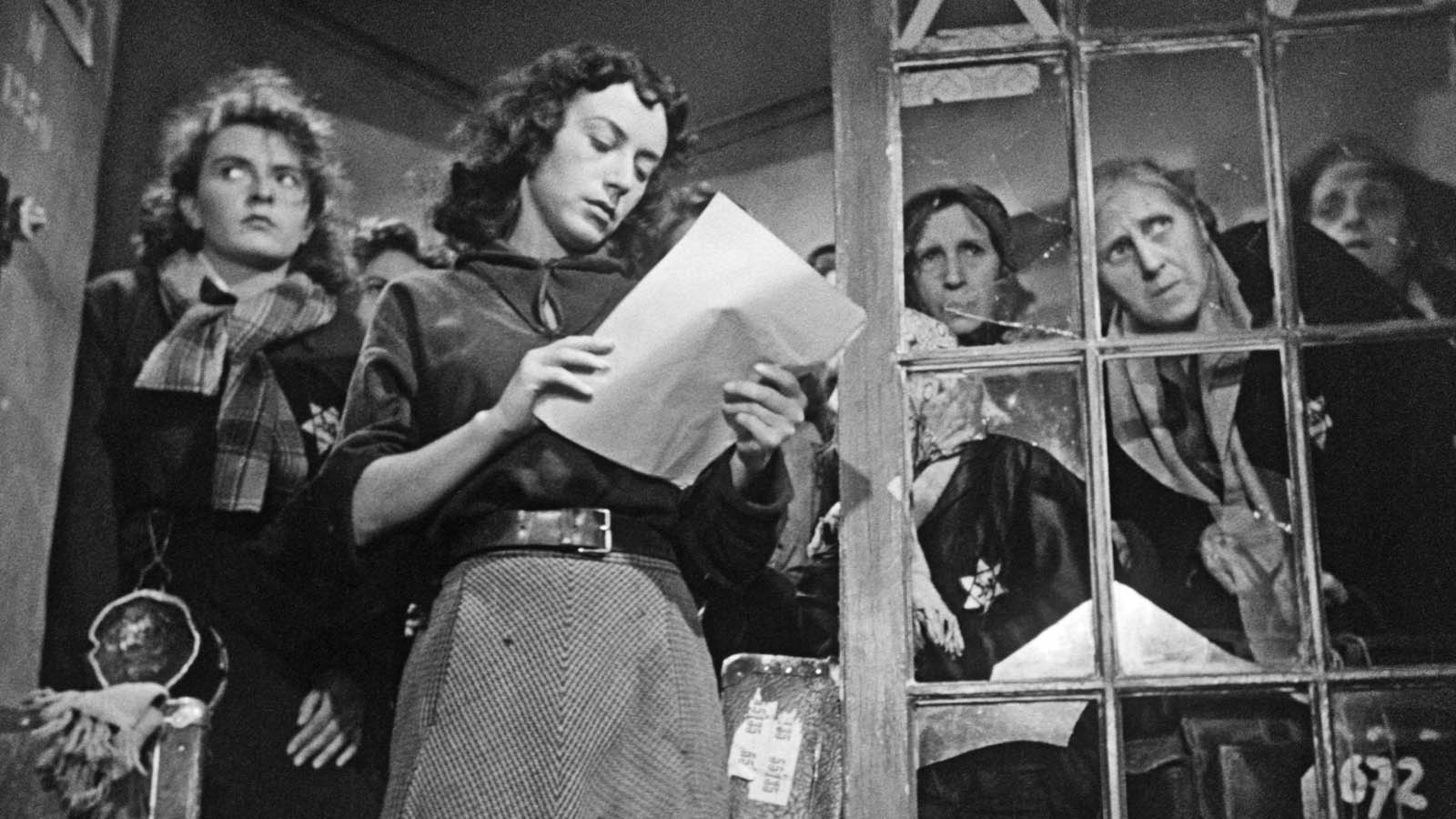Issues, Episodes, and a Supercut of Supercuts

The week began with lineup announcements from Critics’ Week and Directors’ Fortnight, followed by the launch of summer editions of Tribeca and Berlin. Now it’s closing out with a flurry of more festival news. Cannes has added nine features to its official selection, including Gaspar Noé’s Vortex, a love story starring Dario Argento and Françoise Lebrun; Ari Folman’s animated Where is Anne Frank?, a tribute to his parents, who were deported to Auschwitz on the same day as Anne Frank; Mi iubita, Mon amour, the first feature directed by Noémie Merlant, who costarred with Adèle Haenel in Céline Sciamma’s Portrait of a Lady on Fire; and Andrew Muscato’s New Worlds: The Cradle of a Civilization, a concert movie starring Bill Murray.
- A new 4K restoration of Alfréd Radok’s Distant Journey (1949) opens at New York’s Film Forum today. The Czech director’s debut feature tells the story of a Jewish doctor who, at the onset of the Second World War, marries a gentile in an attempt to stave off deportation to Theresienstadt, a way station to the extermination camps. Writing in Tablet about the lessons in style that Radok drew from Orson Welles’s Citizen Kane (1941), J. Hoberman calls Distant Journey “a masterpiece of Czech cinema. It was also one of the first and remains among the strongest, most original, and most influential movies to deal with the murder of European Jewry.”
- Another new 4K restoration, Ousmane Sembène’s Mandabi (1968), arrives in the UK and opens at BAM Film in New York today. Sembène “saw cinema as an engine of transformation, a ‘night school’ for the exploited masses of the African continent,” writes Chrystel Oloukoï in a guide to the Senegalese filmmaker’s work for Sight & Sound. For Kaleem Aftab, also writing for the magazine, Mandabi, Sembène’s second feature after Black Girl (1966), is “the film that marks out the themes of his career: his anti-capitalist, anti-religious concerns, and his clear-sighted probing of issues of class.” But it’s also, argues the Guardian’s Peter Bradshaw, “gentle, walking-pace cinema that leads us by the hand from vignette to vignette, from scene to scene, presented to us with ingenuous simplicity and calm.”
- The first season of MUBI’s new podcast delves into the stories behind films that were huge in their home countries but little known elsewhere. The first episode examines the cultural impact of Paul Verhoeven’s Turkish Delight (1973) on Dutch counterculture, and the second episode examines the creation and legacy of Aditya Chopra’s Dilwale Dulhania Le Jayenge, one of biggest hits in Bollywood history. On a related note, novelist Karan Mahajan explains in an engaging piece for the New York Review of Books why a brief flourishing of directorial freedom in India may already be wilting.
- The release of In the Heights has contributors to the Guardian revisiting their favorite musicals. Guy Lodge goes for New York, New York (1977), “one of Scorsese’s greatest and gutsiest” films, while Benjamin Lee stumps for Mel Stuart’s Willy Wonka and the Chocolate Factory (1971), with its storyline resembling “a chillingly casual slasher movie but for annoying children.” But Pamela Hutchinson’s case for Mervyn LeRoy’s Gold Diggers of 1933 is hard to beat: “This is a bona fide pre-Code musical, so the talkie scenes burst with prohibition-busting backstage antics and a little Park Avenue farce, but the curtains open wide on four of the most outlandish numbers ever filmed . . . what deadpan Ned Sparks calls: ‘The gay side, the hard-boiled side, the cynical and funny side of the Depression!’” Meantime, at the A.V. Club, A. A. Dowd, Katie Rife, and Caroline Siede discuss “the evolution and appeal of the twenty-first-century movie musical.”
- Let’s head into the weekend with a bundle of new issues, including the very first from Animus, the film journal Elena Lazic launched just yesterday. The centerpiece of the new Film Quarterly is a special focus on Steve McQueen’s Small Axe, and the latest Offscreen addresses notions of modernity. “Solidarity” is the theme of the new NECSUS, while in the fifth issue of World Records, scholars and filmmakers respond to Alexandra Juhasz and Alisa Lebow’s argument that “there is an overemphasis on story” in contemporary documentaries. Journals can be for watching as well as for reading. Tecmerin: Journal of Audiovisual Essays goes international with its seventh issue, and Open Screens presents Max Tohline’s feature-length “Supercut of Supercuts,” in which he argues that “the supercut was never just a subset of remix, compilation, or fan culture, but was instead a material expression of a new historical mode of knowledge and power: the database episteme.”



